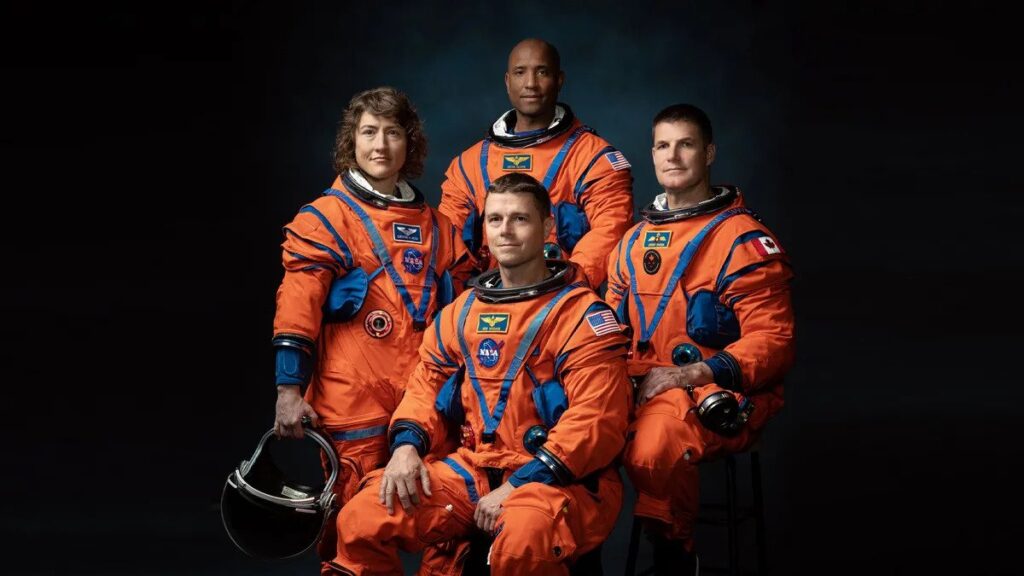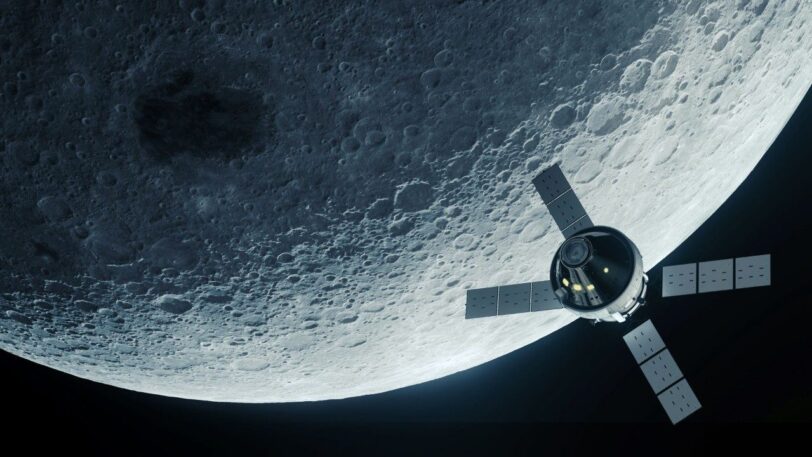NASA has confirmed the first humans to go to the Moon in over 50 years.
NASA has disclosed the names of four astronauts who will make up the crew for the upcoming mission, Artemis II, which is the next stage in the extensive plan to send humans back to the Moon. The group comprises NASA’s Reid Wiseman, Victor Glover, and Christina Koch, who holds the record for the longest time spent in space by a woman, and Canadian astronaut Jeremy Hansen. The voyage will not land on the Moon, but it will be the first manned mission to the Moon in over fifty years, and it includes the first woman and the first person of color to go to the Moon. Koch and Glover will also become the first woman and person of color to travel to deep space.

According to Senator Bill Nelson, NASA Administrator, “Together we will usher in a new era of exploration for a new generation of star sailors and dreamers — the Artemis generation.” Artemis II is following the successful test of Artemis I, which orbited the Moon in late 2022. The mission will last no more than 21 days and is scheduled to launch in November 2024. Moreover, this will be the first astronaut launch from Launch Complex 39B at the Kennedy Space Center since the Space Shuttle Discovery in 2006.
Artemis II will take humans further than they have gone since Apollo 17 in 1972, flying as close as 10,000 kilometers (6,100 miles) from the far side of the Moon. This mission is the first crewed test flight for NASA’s megarocket, the Space Launch System (SLS), and the Orion spacecraft. The SLS rocket was the most potent rocket ever to launch, outperforming many of NASA’s and beyond’s expectations. The Orion capsule completed more than 161 test objectives, and of those, 20 were added during its flight because of its exceptional performance. Additionally, the European-built service module produced 20% more power and consumed 25% less energy than projected, which is a promising outcome for future missions.
Artemis II will continue to test the rocket and capsule with a crew, ensuring that the systems have demonstrated that people aboard can be safe. Although it will not land on the Moon, the mission will provide vital information for future Moon-landing expeditions and all other crewed deep space missions around the Moon. If Artemis II is successful, Artemis III may see humans land at the Moon’s South Pole, potentially in November 2025.
READ MORE: NASA’s Latest Artemis 1 Moon High-resolution Images Are Truly Jaw-Dropping





